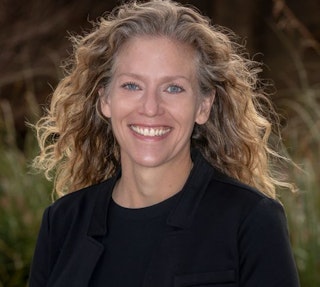The Future of Conservation is Collaboration
Environmental solutions will come as citizens — all citizens — make conservation a part of their daily life and decision-making process.
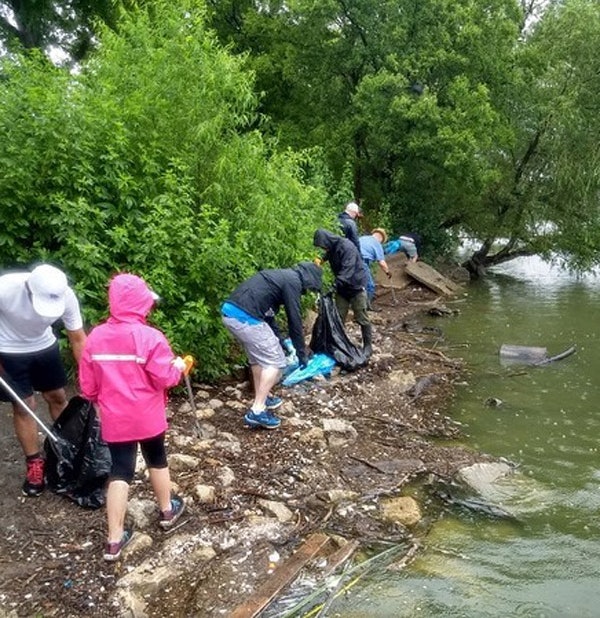 People of all ages gather on the second Saturday of every month to help keep White Rock Lake in Dallas clean. (via Instagram @fortheloveofthelake)
People of all ages gather on the second Saturday of every month to help keep White Rock Lake in Dallas clean. (via Instagram @fortheloveofthelake)
I dream of a future where non-profit groups focused on conservation are no longer needed. It’s a future where all citizens, all leaders embody a conservation ethos where conservation is simply a part of every decision and action. But, what will it take to get there?
Collaboration.
The future of conservation is collaboration — specifically, collaboration between business and conservation communities such that conservation is not a separate project, group, or conversation but part of our DNA. Part of who we are — who we are as citizens, family members, leaders, entrepreneurs, humans. Reaching this point requires thinking and acting differently than we have before. It requires working together in ways that, at first, might not seem natural.
It’s become generally accepted in leadership circles that collaboration produces better results – more innovative solutions, deeply engaged team members, and higher loyalty and morale. Research shows that teams working collaboratively stick to the task 64 percent longer than solitary endeavors, report higher engagement levels, cite lower fatigue levels, and have a higher success rate.
The future of conservation is collaboration — specifically, collaboration between business and conservation communities such that conservation is not a separate project, group, or conversation but part of our DNA.
The mutual benefits of collaboration
Why is collaboration the future of conservation? Because we need to experience the success that research shows for collaboration. Because we have experts working separately in business and conservation who can achieve much different results when working together. Because regulation lags innovation — we can’t wait for someone to tell us to do it and the result won’t be as beneficial. Because we spend more than 65 percent of waking hours at work, and industrial, transportation, agricultural, and commercial sectors use 80 percent of energy consumed in the United States, and 84 percent of water annually. Because the demand for resources continues to grow.
As world population grows at 1.1 percent annually, we’re on track to reach 10 billion people by 2055, up from 7.6 billion people in 2018. With this growth, we can expect and must prepare for more pressure on open spaces and natural resources. This growth creates greater demand for resources and goods while also creating greater demand for natural environments. In grappling with the outcomes of population growth, the goals of conservation and business often seem at odds.
While business seeks to utilize resources and provide goods and services to maximize profits, conservation can be viewed as an effort to set aside resources, potentially slowing economic growth. On the surface, this seems like a no-win situation. Constantly pitting business against conservation is a losing strategy for the future. It is increasingly clear that economic growth can be aligned with conservation interests in a way that keeps, and even improves, our open spaces and availability of natural resources.
Businesses have very good reason to collaborate and conserve: Company value, brand affinity, employee recruitment, retention and productivity, and cost savings are all associated with conservation efforts. These efforts result in measurable bottom-line benefit.
Businesses have very good reason to collaborate and conserve: Company value, brand affinity, employee recruitment, retention and productivity, and cost savings are all associated with conservation efforts.
Research and annual reports support this, showing that businesses partnering with or leading conservation efforts benefit from conservation in terms of employee health and productivity, natural resource impact, and overall profits — a positive Return on Conservation. Examples of this type of collaboration span industries as well as public and private sectors.
Collaboration at work
An oil and gas company might not be the first example that comes to mind when contemplating conservation. However, Pioneer Natural Resources has embraced its role in being an environmental steward. [Editor’s Note: Pioneer Natural Resources is a Bush Center donor.] The company collaborates internally and externally to achieve results such as reducing freshwater usage in its oil and gas exploration by more than 27 percent and reducing its pad site and other land usage footprint by more than 80 percent.
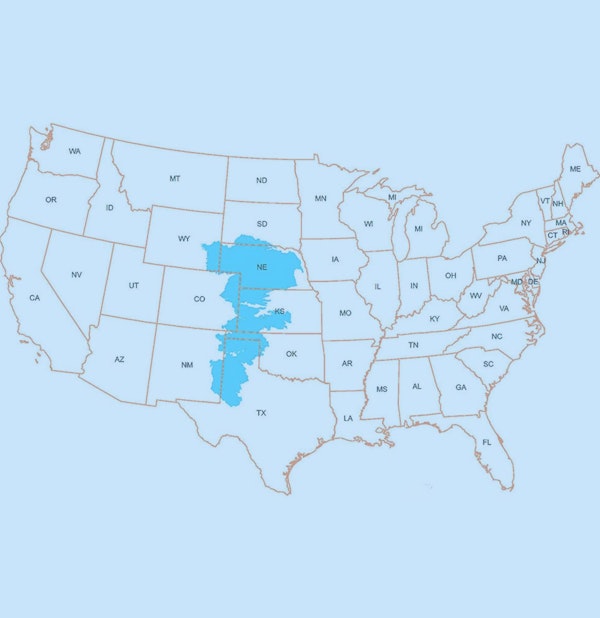 The Ogalalla Aquifer is one of the world's largest aquifers. (U.S. Geological Survey)
The Ogalalla Aquifer is one of the world's largest aquifers. (U.S. Geological Survey)
Pioneer Natural Resources has assigned some of their brightest engineers to innovate on water usage and conservation. The company also has partnered with conservation-focused non-profits like Texas Trees Foundation and the Texas Playa Conservation Initiative to create tree canopies on elementary school campuses and restore playas in the Texas Panhandle that recharge the Ogallala Aquifer. The business cites employee engagement, reduced costs, and community stability as long-term benefits of its collaborative conservation efforts.
Dell Technologies has found that using recycled materials is not only good for the environment but also good for the bottom line. The organization is embracing a circular economic model — trying to keep materials in use for as long as possible — maximizing the company’s value and reducing waste. Dell estimates that consumers throw away $60 million in gold and silver annually by not recycling their phones.
The gold recycling process Dell uses does 99 percent less environmental damage than mining operations and reduces the overall cost of materials for their products. In addition to using recycled gold, Dell is incorporating reclaimed carbon fiber from the aerospace industry as well as recycled content plastic.
Dell has big goals for renewable energy usage, waste diversion, and recycled materials sourcing. They’re using some of the sharpest minds in technology to collaborate with sustainability and conservation experts to benefit their profitability while conserving our natural resources.
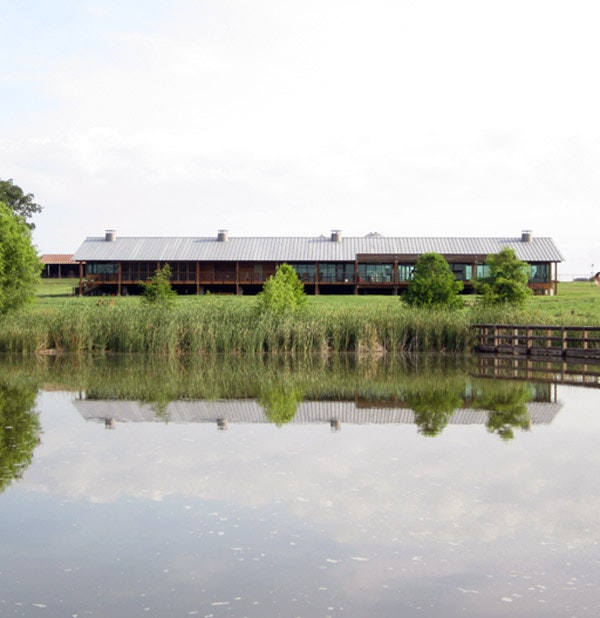 The John Bunker Sands Wetland Center outside of Dallas, Texas. (via John Bunker Sands Wetland Center)
The John Bunker Sands Wetland Center outside of Dallas, Texas. (via John Bunker Sands Wetland Center)
A more public example of collaboration involves Texas’ Tarrant Regional Water District in partnership with Texas Parks and Wildlife Department, North Texas Municipal Water District, and the John Bunker Sands Wetland Center (in partnership with the Rosewood Corporation) working together with Alan Plummer Associates to create an innovative and sustainable approach for water reuse.
This water reuse occurs due to the development of constructed wetlands, which filter water naturally. This is nature being used as it was intended. Combined, the projects create over 4,000 acres of wetland habitat, provide a reliable water supply for more than 3.8 million people in North Texas, and offer countless education and recreation opportunities.
Maximizing results
These examples highlight the opportunity for innovation and the need for collaboration to drive conservation efforts and impact. Depending solely on individuals, conservation organizations, or regulatory entities does not yield the results that collaborative efforts can achieve.
Depending solely on individuals, conservation organizations, or regulatory entities does not yield the results that collaborative efforts can achieve.
Like businesses, conservation organizations can benefit greatly from collaboration. Business partners offer a new way of looking at an issue, expertise in a variety of functions, potential funding, and volunteer labor to complete projects. Focusing on science-based initiatives that yield measurable results and looking to businesses as true partners in the conservation journey is the future.
We must push both conservation and business leaders to think deeply on how we view, resolve, and measure our projects and impact. We must expand our view of conservation to be part of how we most effectively do business, how we live, and how we play. We must look at the ideal combination of setting aside, educating, restoring, accessing, enjoying, and regenerating.
Conservation of our natural resources and a sustainable future lie in the collaborative hands of both our conservation and business leaders. Our long-term economic growth and health depend on it.
The Catalyst believes that ideas matter. We aim to stimulate debate on the most important issues of the day, featuring a range of arguments that are constructive, high-minded, and share our core values of freedom, opportunity, accountability, and compassion. To that end, we seek out ideas that may challenge us, and the authors’ views presented here are their own; The Catalyst does not endorse any particular policy, politician, or party.
-
Previous Article Conserving Earth's Last Frontier An Essay by Sylvia Earle, Founder of Mission Blue and National Geographic Explorer-In-Residence, and John Bridgeland, Founder and CEO of Civic Enterprises
-
Next Article Investing in Urban Parks is Good for Cities and the Environment A Conversation with Michael Van Valkenburgh, Landscape Architect and Founder of Michael Van Valkenburgh Associates

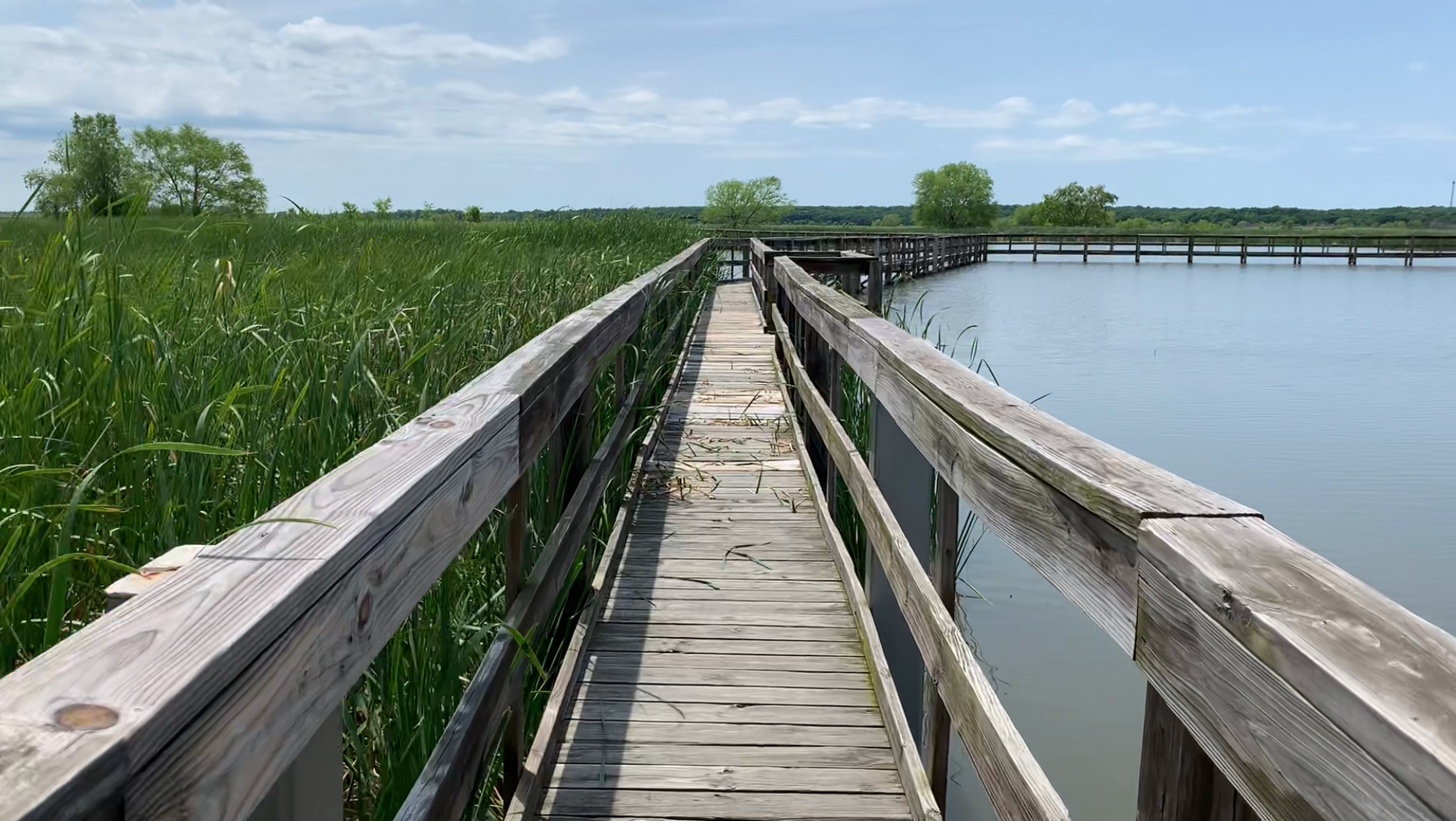 The John Bunker Sands Wetland Center helps provide clean water to the Dallas-Fort Worth area — naturally.
The John Bunker Sands Wetland Center helps provide clean water to the Dallas-Fort Worth area — naturally.